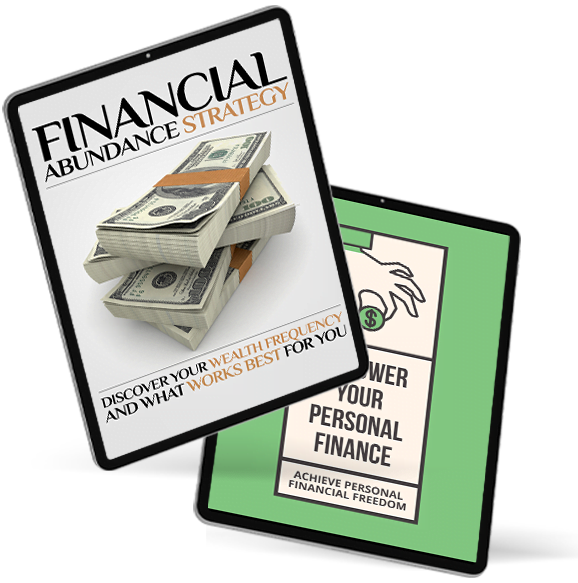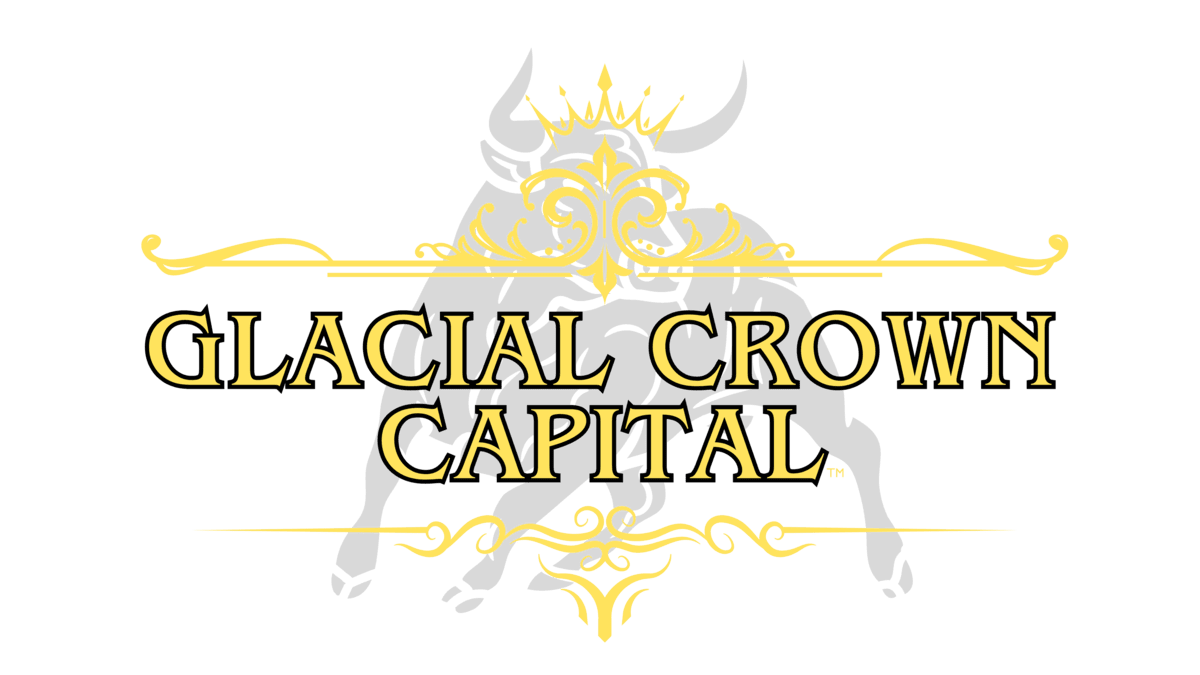The European real estate landscape is beginning to exhibit signs of recovery, hinting at a potential resurgence in investment interest across the continent.
According to recent insights from Cushman & Wakefield, a leading global real estate services firm, there are emerging opportunities in all sectors of the market, including the often-scrutinized office space sector.

Market Sentiment and Economic Indicators
Financial analyses suggest an improving outlook for European real estate. Cooling inflation rates and the anticipation of interest rate cuts in 2024 are pivotal factors contributing to this optimism. These conditions are expected to stabilize real estate yields, particularly in the latter half of the year, making now an appealing time for investors to consider entering the market.
The European Central Bank’s (ECB) monetary policy adjustments, with expectations of multiple rate cuts, further fuel this sentiment. This shift not only reduces the cost of borrowing but also alleviates some of the refinancing pressures that property owners have faced, setting the stage for a market turnaround.
European Real Estate Investment Opportunities
CushWake’s observations point towards “green shoots of recovery and growth,” emphasizing that all sectors, including offices, are presenting buying opportunities. This is significant as the office sector has been under much debate due to changes in work patterns post-pandemic.
However, the narrative is shifting from one of oversupply and underutilization to one of strategic acquisition and adaptation.
Relative Value: When real estate yields surpass government bonds, it’s a strong investment case. Real estate offers income via rent and potential capital gains, with a better risk-reward when yields exceed bond returns.
Income Generation: Real estate provides a steady rental income, appealing in low-interest environments. This income can grow with inflation, unlike fixed bond income.
Diversification: Real estate in a portfolio diversifies risk due to its low correlation with stocks and bonds, especially beneficial when real estate yields are higher.
Capital Appreciation: Real estate often gains value over time, particularly in recovering markets, enhancing its appeal.
Tangibility and Utility: Real estate’s physical nature allows for redevelopment or repurposing, adding value financial securities can’t match.
Current Trend: With real estate yields outstripping bond yields, it stands out as a superior investment, ideal for income and growth, especially in Europe’s recovering market.
Challenges and Considerations
Despite these positive signs, the path to recovery isn’t without its challenges. The market has endured a significant downturn, with property values declining since mid-2022. However, the expected further slight decline in property values might be seen as the last opportunity for investors to buy at lower prices before a potential upswing.
Geopolitical risks, ongoing economic adjustments, and the need for the market to fully absorb the impact of higher interest rates still pose as hurdles. Yet, these are also factors that could refine investor strategies, focusing on resilience and long-term value.

Here are some thoughts expanding on the current state of the European real estate market:
Market Dynamics: The European real estate market is currently in a state of compression, much like a spring under pressure from economic downturns, rising interest rates, and global uncertainties. Now, as indicators suggest recovery, this pent-up energy hints at imminent growth. Early investors, therefore, could potentially experience a significant rebound, akin to those who invest early in a bear market and profit during the bull market phase.
Investor Sentiment: The optimism exuded by entities like Cushman & Wakefield marks a notable shift in investor sentiment. Following a cautious period, there’s now a tangible feeling of opportunity, fueled by the hope that the downturn has passed. This newfound confidence can, in turn, stimulate market activity and liquidity.
Caution Amidst Opportunity: Despite the hopeful signs, caution remains advisable. Recovery isn’t assured, with potential disruptions from geopolitical events or sudden policy changes. Yet, for the diligent, this scenario presents a strategic opportunity:
Sector-Specific Opportunities: Recovery isn’t uniform across all sectors. Logistics, for example, might thrive with ongoing e-commerce growth. Whereas offices might experience mixed outcomes, influenced by local market conditions and the adoption of hybrid work models.
Lower Entry Points: Investors might find properties currently undervalued compared to historical highs, offering a chance for substantial capital gains upon recovery.
Anticipated Rate Cuts: With the ECB likely to cut rates, borrowing costs could decrease, enhancing the feasibility of real estate investments. Lower rates often inflate property values by making financing more accessible.
Strategic Investment: The emphasis on strategic investment is crucial. Investors should:
Conduct Thorough Research: Look beyond broad market trends to specifics like location, property type, tenant quality, and future development plans.
Consider Long-Term: Real estate often benefits from a long-term investment horizon. Short-term fluctuations might be less significant if the property is part of a well-thought-out long-term strategy.
Focus on Value-Add Opportunities: Properties that can be improved or repurposed might offer the best returns, especially in sectors where demand is expected to grow.
Risk Management: Given the uncertainties, risk management should be at the forefront. Diversification within real estate (across different sectors and geographical areas) and possibly across different asset classes can mitigate risks.
The European real estate landscape currently offers a ‘cyclical bottom’ scenario for investors. Despite inherent risks, factors like reduced property costs, signs of economic upturn, and diverse sector-specific prospects present a compelling case for investment. The key is to engage with this market through meticulous analysis and a well-defined investment strategy.
Investor Considerations: Before investing, one must:
Research Thoroughly: Dive deep into market specifics.
Assess the Macroeconomic Scene: Understand the broader economic context.
Focus on Long-Term Goals: Prioritize strategies that align with long-term objectives over reacting to short-term market movements.
For those contemplating investment in European real estate, the current market conditions signal a potentially advantageous moment. With strategic foresight, this could be the time to make astute investments across various sectors.
Learn How to Master the Market here



















